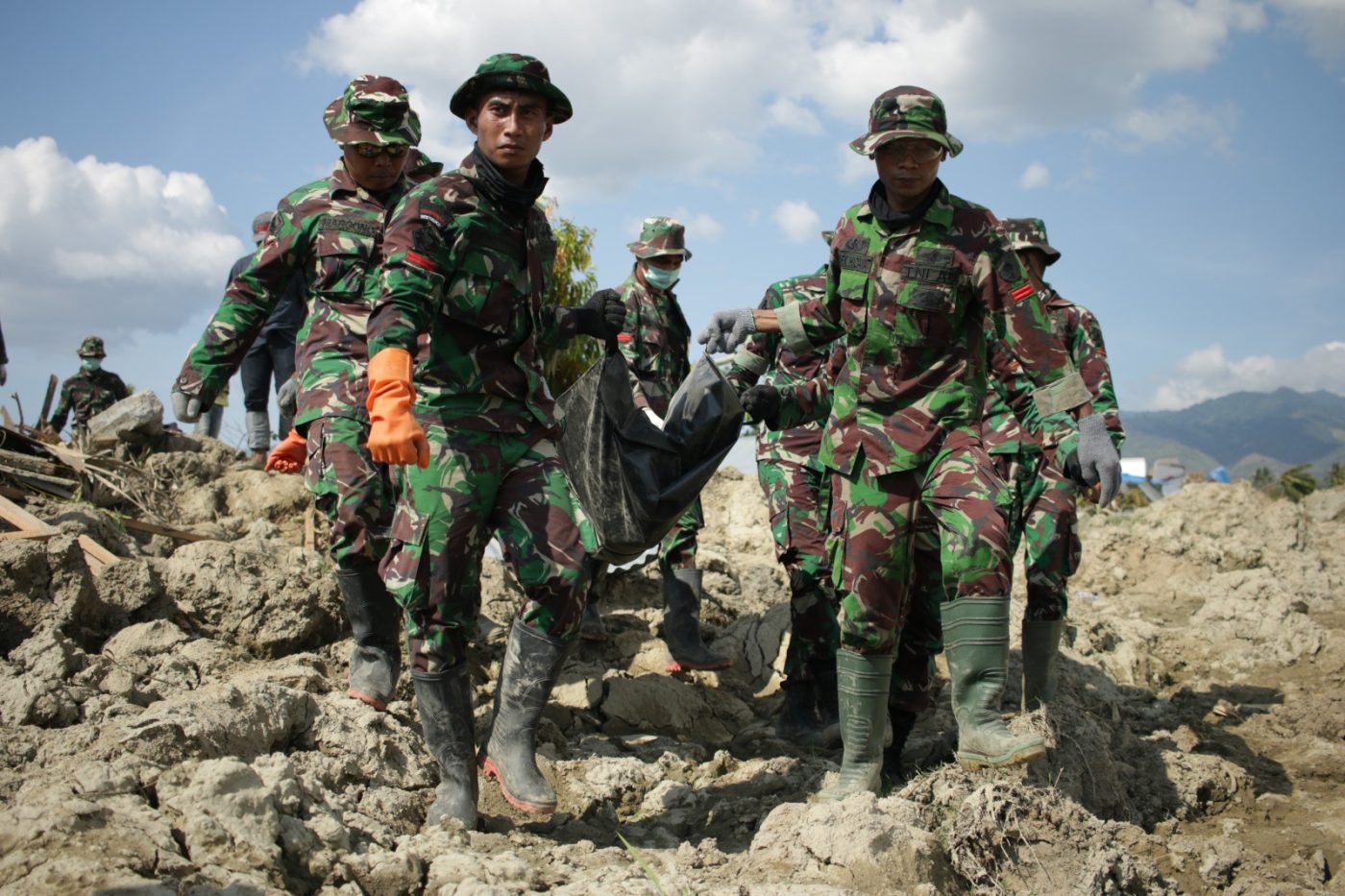By Mohammad Jafar Bua*
On November 1, 1755, a devastating earthquake struck Lisbon. The Portuguese capital wasn’t just shaken by a tremor exceeding magnitude 8 on the Richter scale; it was also engulfed by a tsunami and a raging fire. Thousands perished, and one of Europe’s key trade and colonial centres lay in ruins. The world trembled at the disaster.
Yet, beyond the catastrophe, another story unfolded—one of resilience and decisive leadership. Prime Minister Sebastião de Melo, better known as the Marquis of Pombal, understood that emergencies required firm hands. He deployed the military to rebuild the city, curb looting, manage food supplies, and organise evacuations. Lisbon rose from the ashes not merely through moral appeals but because uniformed forces acted swiftly and decisively. The seamless cooperation between military and civilian entities proved the most effective solution in times of crisis.
Disasters always call for state intervention. When rapid response and discipline are paramount, governments often turn to their armed forces. In Indonesia, the debate over active military personnel serving in ministries and strategic institutions is often overshadowed by fears of the New Order’s authoritarian past. But history suggests that the military is among the most prepared institutions for crisis response.
Take the United States, for example. When Hurricane Katrina ravaged New Orleans in 2005, civilian authorities were overwhelmed. Chaos reigned. The city drowned in floodwaters and lawlessness. Who eventually restored order? The National Guard and the regular army. In many cases, civilians rely on the military not for war, but for stability. Even in nations that champion civilian supremacy, the armed forces remain indispensable in emergencies. Crucially, they do not work alone—coordination with local governments, healthcare professionals, and humanitarian groups makes relief operations more effective.
Indonesia follows a similar pattern. When the 2004 tsunami devastated Aceh, who was first on the ground to clear access to disaster zones? Who navigated through the wreckage to ensure aid reached survivors? The military. Not civil servants, not international NGOs, not bureaucrats in suits and meeting rooms. When hospitals collapsed and highways became mass graves, it was the Indonesian National Armed Forces (TNI) that soared through the skies with helicopters, delivering real action instead of rhetoric. In such crises, military-civilian collaboration is not just an option—it is the only viable solution.
A similar scenario unfolded on September 28, 2018, when Central Sulawesi was battered by a deadly earthquake, tsunami, and liquefaction. Who first delivered food supplies to the isolated areas of Kulawi and Dataran Lindu? Again, it was the TNI, working in tandem with coordinated civilian forces.
Yet, curiously, whenever the idea of placing military personnel in ministries or strategic agencies surfaces, the immediate reaction is fear—fear that democracy’s fortress will be breached by those who once carried arms. Critics, long opposed to the military’s dual function, balk at the notion of expanding its role. But are there not positions where experience in handling emergencies is an asset rather than a liability?
Consider institutions like the National Disaster Management Agency (BNPB) or the National Counterterrorism Agency (BNPT). What is more valuable: a technocrat adept at drafting reports, or a soldier with field experience in high-stakes situations? Should leaders managing disaster mitigation excel in paperwork, or in making split-second decisions amid chaos?
Other nations have grasped this reality. In Japan, the Self-Defence Forces (JSDF) play a key role in disaster response. Whenever earthquakes or tsunamis strike, they mobilise faster than bureaucracies can react. In many cases, they enjoy greater public trust due to their efficiency and discipline. Crucially, they do not operate in isolation—civil servants, medical workers, and community groups are integral to recovery efforts.
Singapore, a small but strategically astute nation, understands that security and stability form the bedrock of governance. There, many retired or even active-duty officers hold key positions in ministries and critical agencies. They are not threats to democracy; they are safeguards against crises. The Singapore Civil Defence Force (SCDF) integrates police, firefighters, search-and-rescue teams, and medical responders into a single, well-oiled machine.
Of course, not all challenges can be resolved through militaristic approaches. The key lies in integrating active military personnel with civilian expertise. In many situations, their synergy yields more effective solutions than either could achieve alone.
Japan’s response to the 2011 Tōhoku earthquake and tsunami exemplifies this balance. The JSDF swiftly restored access, built emergency infrastructure, and distributed aid. But they did not work in isolation. Local governments, volunteers, and international organisations all played vital roles. The military provided stability, while civilian actors brought flexibility and community-driven initiatives.
Indonesia has the potential to adopt a similar model. The TNI, with its discipline and command structure, can serve as the backbone of crisis management. Meanwhile, civilians—academics, humanitarian workers, and policymakers—can ensure that long-term strategies and social welfare considerations remain central.
When implemented correctly, placing military personnel in strategic institutions is not about control, but about efficiency. Clear role delineation, transparent oversight mechanisms, and civilian engagement can ensure that the military’s presence in bureaucracy is not a threat but a solution.
The Marquis of Pombal could not have saved Lisbon without the military. The United States could not have restored New Orleans without its armed forces. And Indonesia cannot tackle disasters without those trained to confront the worst situations. But success is never about who leads—it is about how they work together. In emergencies—be it natural disasters, terrorism, or humanitarian crises—no response is more effective than military-civilian collaboration.
When crisis strikes, what we need is not bureaucracy, but action. And in action, timing can mean the difference between life and death. But the best actions do not come from one side alone. In an increasingly complex world, navigating emergencies effectively hinges on the ability of the military and civilians to move in tandem, complementing rather than supplanting one another. ***
*The author is an Expert Staff to a Member of the Indonesian Parliament (DPR RI) and an alumnus of the Asia Journalism Fellowship (AJF) in Singapore, 2019.




